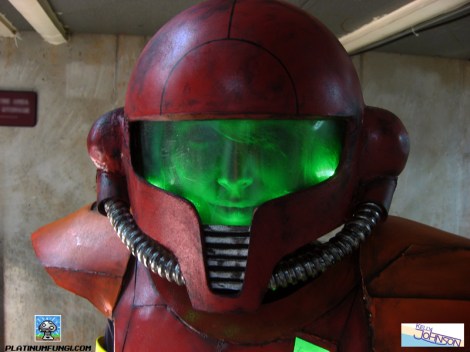
Our favorite holiday is just around the corner, so there’s no surprise in seeing a few builds to scare children turning up in the tip jar. [Greg] also loves Halloween and apparently puts on a good show – he always uses a fog machine on his porch on All Hallow’s Eve, but triggering it at the right time is always a pain.
This year, [Greg] decided to build a motion-sensing fog machine. His machine featured a wired remote with a light to signal when the fog machine is ready and a button to start the pump. This remote runs at 120V AC, but [Greg] figured he could stick a small USB phone charger in the remote and power an ATtiny85 microcontroller.
The actual circuit is just a piece of perfboard, a large, old relay from Sparkfun, and a PIR sensor [Greg] picked up last year. Whenever the PIR detects movement, the Tiny85 activates the fog machine for 5 seconds and disarms itself for another 10, until it sees movement again. Just the thing for a little interactive ambiance for [Greg]’s Halloween display.
Video after the break.
















